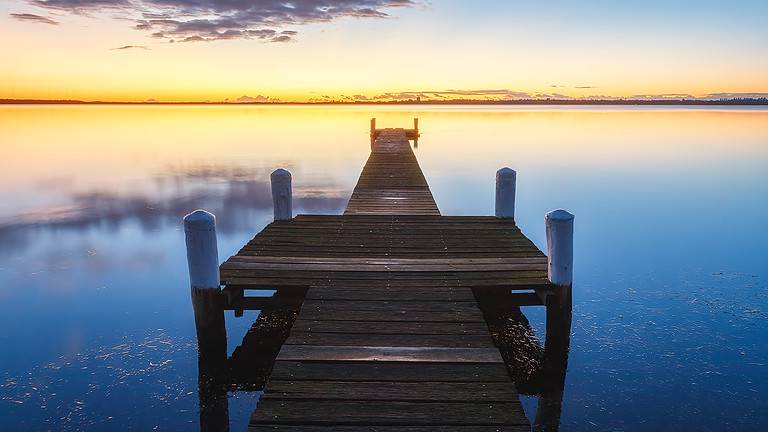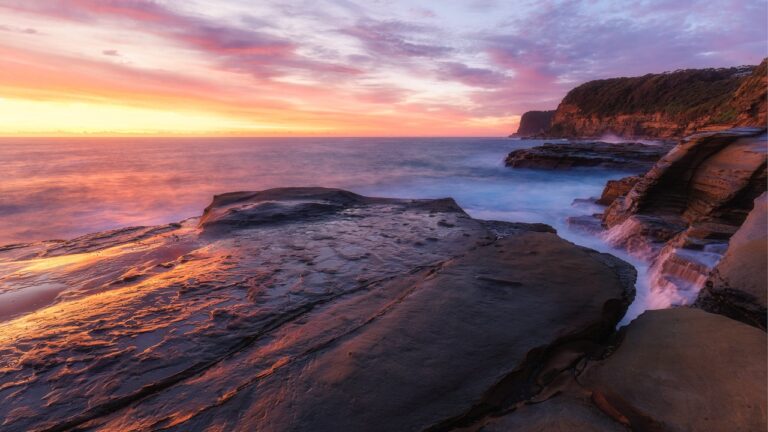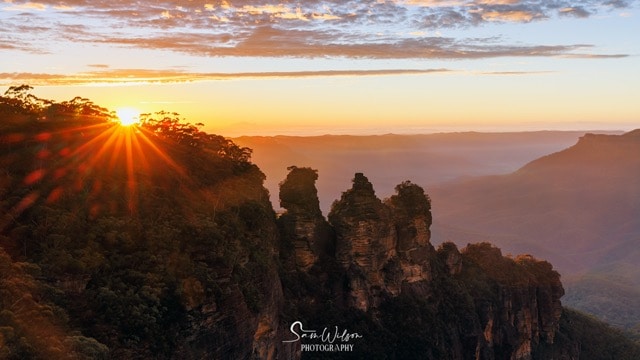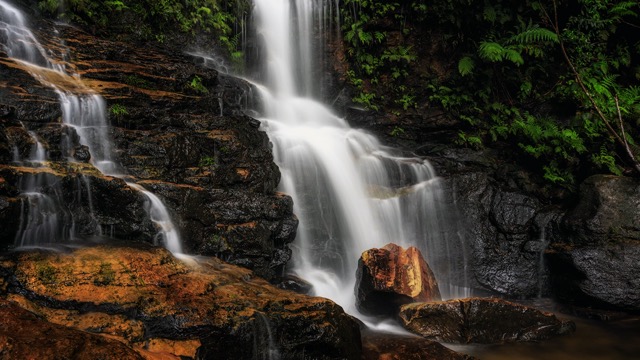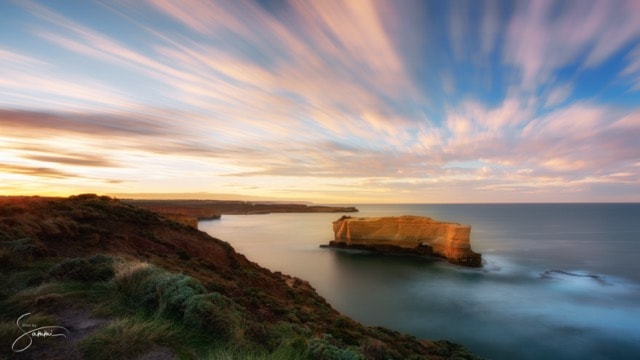20 Landscape Photography Accessories Every Photographer Should Have
This article is all about the essential Landscape Photography Accessories Every Photographer Should Have In Their Bag.
When it comes to landscape photography, there are a few essentials that you just can’t go without.
Your camera, lenses, and tripod are definitely the three must-haves that every landscape photographer needs in their bag.
But, there are also other accessories that can make a real difference in the quality of your photos and overall experience as a photographer.
From filters, cleaning gear, and handy tools to a rain cover and good shoes, these landscape photography accessories can make a world of difference in both the quality of your shots and your overall photography experience.
So, whether you’re experienced or just starting out, I’ve put together a list of the top 20 landscape photography accessories that I think every photographer should consider adding to their kit.
These tools have become staples in my own landscape photography kit, and I hope they can be just as valuable to you.
For a handy checklist so you don’t forget what to pack and heaps of other useful resources, grab my FREE bundle –
Must Have Accessories For Your Camera
1 – Lens cloths and Cleaning Kit
There’s nothing worse than coming home to find your images ruined because of smudged fingerprints or water drops on ALL of your images. Trust me on this one!
It’s so simple to keep your lens clean and free from dust and fingerprints with a lens cloth and cleaning kit.
It doesn’t have to be fancy – a few microfibre cloths and a lens cleaning blower will get you started.
So make sure you bring it along on your next shoot, your lens will thank you!
This is especially true when it’s windy, or you’re shooting seascapes or waterfalls, any time you’re out in nature really.
2 – Spare Batteries and Memory Cards
Running out of battery or storage space during a shoot can be frustrating, and potentially ruin an opportunity for a great shot. And there’s absolutely no excuse for it!
Always have at least one spare battery (fully charged of course) and memory card packed in that kit.
Make sure you fully charge all of your batteries before heading out for your shoot and, in cold weather, keep the spare battery on you in an internal pocket in your jacket to keep it warm and charged. Colder temperatures can drain your battery’s charge so fast.
TIP: Don’t put all your eggs in one basket.
This especially applies if you are on a multi day or shoot trip. Don’t rely on just one large memory card as if it gets damaged, you lose everything.
Instead, have several smaller capacity cards and change them out each day. Also do a second back up, but more on that later …
3 – L-Bracket
For a piece of kit that cost less than one hundred dollars, an L-Bracket really is a game changer.
As you learn and experiment more with composition, taking photos in both portrait and landscape orientation became very common in my photography.
An L-Bracket just makes this so easy. It’s a plate that attaches to your camera and allows you to switch between portrait and landscape orientations quickly and easily.
I wouldn’t even rate this as an accessory, to me it’s an essential up there with my tripod.
Bonus is it even offers a little extra protection for your camera should you drop it!

4 – Filters
After an L-Bracket, a set of filters really are a game changer when it comes to landscape photography, so I consider them to be a must-have accessory.
A good set isn’t cheap, but the difference they can make to your images is nothing short of phenomenal.
They help control the amount of light entering the camera and can also adjust the colour balance and reduce glare. Some common filters for landscape photography include polarising filters, neutral density filters, and graduated filters.
Circular Polarising Filter – A circular polarising filter is an essential accessory for landscape photographers. It can reduce reflections and glare from non-metallic surfaces like water and foliage, making colours appear more vibrant and saturated. It can also darken the sky and make clouds pop in your photos.
Neutral Density Filter – A neutral density filter is a dark, neutral-coloured filter that reduces the amount of light that enters the camera without changing the colour balance. It allows you to use longer shutter speeds, which can create stunning effects like motion blur in waterfalls and rivers, or silky smooth clouds in the sky.
Graduated Neutral Density Filter – A graduated neutral density filter is similar to a neutral density filter, but it’s dark on one end and gradually becomes clear on the other end.
This allows you to darken part of your image (usually the sky) while keeping the rest of the scene properly exposed. It’s a useful tool for balancing the exposure in high-contrast scenes, like landscapes with bright skies and darker foregrounds.
For a more in depth resource on filters, check out this article on filters for landscape photography.
I have recently changed over to a magnetic filter system, and they are a game changer! Check them out here – Kase Magnetic Filter System.

Yes, they are an investment, but totally worth it in my opinion.
That’s it for the expensive accessories I’m going to recommend. Yes you can go mad on fancy gadgets, but I’m only recommending those that I think add value to your photography and that I actually use.
5 – Remote Shutter Release
With cameras getting smarter every day, this one is kind of optional now, but I do still keep one in my bag.
A remote shutter release lets you take photos without touching your camera, reducing the risk of camera shake and ensuring sharper images.
There’s no doubt that you want to be able to take photos without touching your camera. Normally using a two second timer can do this job just as well (most cameras have this option so check your manual).
It can become an issue when you are wanting to take a photo at a shutter speed longer than 30 seconds. While some cameras have a ‘bulb’ timer (Canon) or ‘time’ function (Nikon) not all do. And this is when a remote shutter release can come into its own.
Once you investigate your camera and what its capabilities are, you can decide if you need one of these.
My best advice if you do need one, don’t invest in an expensive one (they are one of the most commonly lost accessories). A cheap one costing under less than twenty dollars will do the job just fine.

6 – Torch or Headlamp
A lot of landscape photography is shot during the golden hour as that’s when the light is the best but it also means you are arriving or leaving when it’s dark.
Carrying a simple torch or wearing a headlamp is an easy fix for these, and I recommend having both as each has a purpose.
One thing I don’t recommend is relying on your phone torch. It’s really not that great, and I’d rather not waste the battery from my phone.
Whether you choose a torch or headlamp is purely personal preference.
A headlamp can be handy (pun intended) as it leaves both hands free when walking in or out of your location, and to adjust camera settings.
However, it can have a wider impact and affect your images, not to mention blind those you are shooting with when talking with them, and that’s not nice!
I prefer a torch as I can direct it much more precisely and turn it on and off easier so I don’t inadvertently affect my photos or those around me.
7 – Waterproof Camera Cover
Don’t let a sudden rainstorm ruin your gear, or your shoot!
We all know that the weather can change at any time. Yes, most cameras these days are weather resistant (at least kinda), it’s not worth taking the risk.
A rain cover is such a simple, inexpensive and light accessory that can protect your camera from the elements. So it’s definitely one that I consider to be one of the essential landscape photography accessories that should form part of your kit.
If you’re like me you may not head out expecting to get wet, but nature has taught me that things can change very quickly.
Having one of these in your bag can let you keep on shooting knowing that your gear is safe – photography in the rain can be awesome!
Waterfall or seascape photography in particular is where these come in handy. Even if you’re not getting wet from rain, there can be spray from the sea or waterfall.
One of these covers can keep your camera and lens dry so you can keep shooting.

8 – Wrist Strap
Yes, most of the time my camera is on a tripod, but on the rare occasions that I’m walking around shooting freestyle then you need a strap!
For some that’s a neck strap, but I personally prefer the freedom of a wrist strap.
It still keeps your precious camera safe and prevents any nasty drops or falls.
My personal favourite is this one from Peak Design.

9 – Allen Keys
Don’t forget your Allen keys! These handy little tools can be a lifesaver when you need to make adjustments to your tripod, camera mount, or L-Bracket. They should come with your tripod and L-Bracket when you buy them, so pop them straight into a pocket in your bag.
Make sure everything is secure and stable before you start shooting!
This is something you probably won’t think about until it loosens and becomes a problem,
That’s what happened to me on a photography tour in Tasmania. I had taken mine out to save weight on my flight and my L-Bracket decided to become loose.
Not one out of the ten of us had brought theirs. I ended up having to take it off entirely which really impacted on my photos – lesson learned!
They really don’t weigh much and take up next to no room, so keep them in your bag.

Accessories for Your Comfort & Safety
The rest of this article is devoted to things that may not be considered landscape photography accessories as such. They won’t directly affect the quality of your photos.
They will, however, make your photography adventures much more safe and comfortable so they have to be included.
10 – Insect Repellent and Sunscreen
If you’re planning to be outside taking photos, it’s important to bring along insect repellent and sunscreen. Insect repellent will help protect you from bugs like mosquitoes.
And sunscreen will help prevent sunburn and skin damage from prolonged exposure to the sun. So whether you’re out for a few hours or a whole day, make sure you have these two essentials to keep yourself comfortable and protected!
LOCAL AUSSIE TIP: Where I live in Australia leeches can also be an issue, so you’ll always find salt in my bag. It gets rid of them like nothing else I know.
11 – First Aid Kit
Keep a first aid kit with you on every outdoor adventure, including landscape photography. It’ll come in handy for treating minor injuries and ailments like cuts, blisters, and headaches, making sure you’re safe and comfortable during your shoots.
12 – Water and Snacks
Staying hydrated and fueled up is important for any outdoor activity, and landscape photography is no exception.
Make sure to bring plenty of water and snacks with you on your shoots, especially if you’re planning on spending a lot of time outdoors.
13 – Rain Poncho
A rain poncho is a lightweight and compact accessory that can help keep you dry during unexpected rain showers.
It’s an essential item to have on hand for landscape photography – great if you get caught out in an unpredicted shower.

Waders – not something I ever thought I’d be purchasing for photography, these certainly came in handy standing in cold water in New Zealand!
14 – A good pair of shoes – Seriously!
Landscape photography often involves walking on uneven terrain, so a good pair of shoes is one of the most important non-camera related on my list of accessories for landscape photography.
Look for shoes that are comfortable, supportive, and waterproof, and that offer good traction on a variety of surfaces.
Number one for me is comfort – if your feet aren’t comfortable you definitely won’t have an enjoyable shoot. And your photos won’t be as good if your feet hurt – trust me on this one!
15 – Photography Gloves
This one obviously only applies during the colder months or locations, but they are something that I keep in my bag at all times.
Even in spring and autumn it can be chilly in the mornings and evenings, and your fingers will feel it first!
Good ones will either have tabs on the fingers that fold back so you can change settings easily. Or they will have special fabric on the fingertips that allow you to use touchscreens and buttons without removing your gloves.
It is not nice trying to take photos when you can’t feel your fingers!

Trust me you want to have gloves – it was freezing here at Tasman Lake, New Zealand
Essentials For Longer Trips
If you’re heading off on a trip or photography tour, make sure you pack these along with all your other camera gear.
I like to charge and backup my photos daily so I don’t lose any precious memories.
It’s just part of my photography workflow, which you can see here.
16 – Battery Charger
If you’re planning on shooting for an extended period of time, a battery charger is an essential accessory. It allows you to recharge your camera batteries on the go, ensuring that you never run out of power.
17 – Card Reader
Transfer your photos from your memory cards to your computer or other device with a card reader. This is an essential accessory for landscape photographers, especially if you shoot in RAW format or take a large number of photos on each shoot.

18 – Portable Hard Drive
Keep your photos backed up and secure while on the go with a portable hard drive.
This is a must-have accessory for landscape photographers when you’re travelling and taking lots of photos.
19 – Laptop
A laptop is an essential accessory for landscape photographers who want to edit their photos on the go, and it’s one of the places I back up when I’m on the move.
Now of course you need a bag to put all of your gear in –
20 – Camera Bag
Now that you’ve got all your essential gear for your photography adventures, you’re going to need a reliable camera bag to carry everything in. Trust me, your back will thank you!
When choosing a camera bag, size is key. You’ll want to find one that can easily fit all your gear, from your camera body to your lenses, filters, and tripod. A bag that’s too small can be frustrating to work with, and a bag that’s too large can be bulky and uncomfortable to carry around.
I’m a bit of a camera bag tragic and own three, but I do use them all! I have a large bag that fits EVERYTHING and that’s what I take when I travel. Then I have my medium everyday bag that I use when going out for one shoot like a sunrise or waterfall shoot. Lastly I have a smaller sling bag that is great for a photography walk like in the city or with a group photo walk.
But it’s not just about size – comfort is also important. Look for a bag with padded straps and back support to help distribute the weight evenly across your shoulders and back. And of course, you’ll want a bag that’s durable and can withstand the wear and tear of your adventures. Keep these factors in mind when shopping for a camera bag and you’re sure to find the perfect one for you!

I’m sure Miss Peaches thinks she could fit!
Conclusion
Well, there you have it – the must-have landscape photography accessories that I recommend you have in your kit.
Remember, while it’s important to be aware of these essentials, only get what you need and what suits your photography style.
Whether you’re just starting out or have been photographing for a while, these accessories for landscape photography can make a real difference in the quality of your images.
So, what’s on your must-have list? Have I missed anything?
Let me know in the comments below!
That’s it for now – Keep clicking and stay caffeinated
Like this post? PIN it so you can save it for later

Other Posts You Might Like:
- Essential Landscape Photography Gear
- Choosing a Camera that’s Right For You
- First 10 Things To Do When You Get a New Camera
- How To Choose The Best Tripod For Landscape Photography
- The Best Canon Lenses for Travel Photography
- Developing A Photography Workflow
- Landscape Photography Guide
- Filters For Landscape Photography
- Using Neutral Density Filters To Improve Your Landscape Photos
- Camera Settings For Landscape Photography
- Landscape Photography On A Budget
- Photography Budget Tips: Save Money AND Get Great Photos
Don’t miss a post – sign up Here if you haven’t already
Note – Unless otherwise stated, all photos are mine and remain my copyright images – Sam Wilson Photography.





